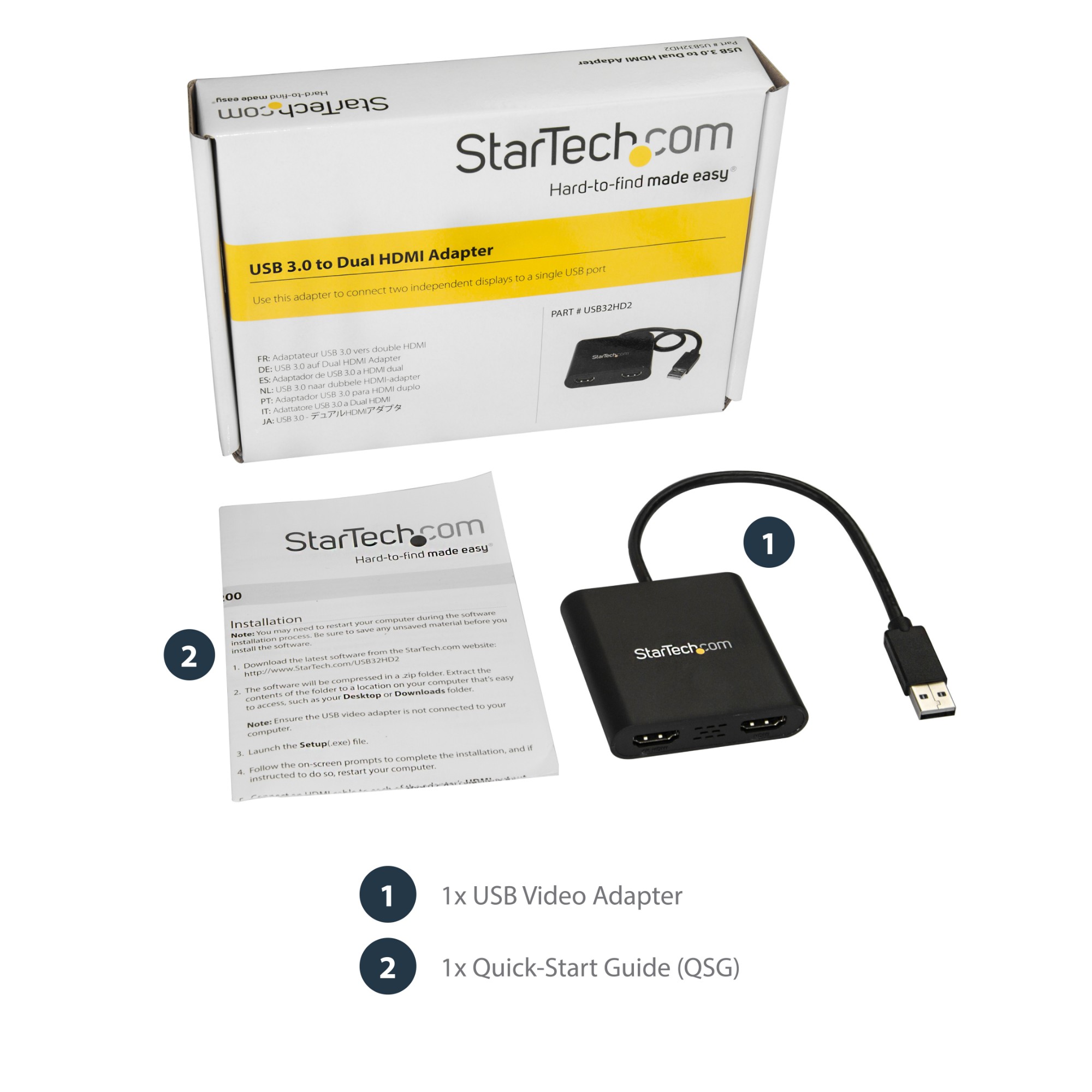Note: Do not physically connect the USB video adapter to your computer until instructed to (Step 7).
Connect an additional HDMI display to your Mac® or PC with USB 3.0. DisplayLink Plug-and-Display certified - automatic driver installation and updates.
- Download the latest drivers from the StarTech.com website (http://www.startech.com/Support). You can find the part number and product ID on the product’s packaging.
Note: Mac OS X will typically save the files to the Downloads folder that is associated with your user account (for example, hard_drive_nameUsersyour_nameDownloads).
17 thoughts on “ HowTo: Install LAPACK and BLAS on Mac OS ” Niclas Berlin on August 15, 2013 at 6:35 pm said: The command “ar rv libblas.a.” does not work for me. Install LAPACK and BLAS on Linux-Based Systems On July 27, 2016, in C/C, GNU, Mac/Linux, by jild13 Two of the most common used computational libraries are LAPACK and BLAS. Install liblapack-dev for mac. In today’s blog post I’ll be providing instructions to install dlib on: macOS; Ubuntu; Raspbian (Raspberry Pi’s operating system) These install instructions are complete, easy, to follow, and will get you up and running with dlib + Python bindings in a manner of minutes. To learn how to install dlib on your system, just keep reading!
- Double-click the DisplayLink.zip file.
- Double-click the MAC OS folder.
- Double-click the appropriate folder for your operating system.
- Double-click the DisplayLink Installer 75598.dmg file.
- Follow the prompts to install the new drivers. Restart the computer when prompted.
- Once Mac OS X has restarted, connect the USB video adapter to your computer.

Note: Installation might take several seconds to complete. During the installation your display might flicker; this is normal. Once the installation has completed you will see your Macintosh desktop extended to the additional monitor.
Below are 3 methods with detailed steps on how to download an FLV video using iTube Studio Video Downloader.Method 1: Using 'Download' Button (Extension):Step 1 First download and install the browser extension to Google Chrome browser.Step 2 Second add userscript to TamperMonkey, so that you can enable the iTube video downloader extension on Chrome browser.Step 3 Launch Google Chrome and go to YouTube or any other online video streaming sites of your choice. Flv video converter free download for mac. .1 click download videos from YouTube, Instagram, Facebook, Vimeo, and 10, 000+ sites.Download FLV videos and convert videos to MP4, MP3 and 153+ formats.Enable a Download button to capture FLV videos from Chrome, Safari and Firefox directly.Support batch download and allow to download all videos from YouTube playlist.How to Download Videos with FLV Video Downloader ChromeDownloading videos with iTube studio requires user to launch chrome, go to YouTube or any online video streaming sites of choice.
To determine if Mac OS detects your USB device, you need to open System Information on your computer to see if your USB device is listed under the appropriate heading or is listed with an error (for example, 'Device has not been configured'). Examples of appropriate headings for a USB video adapter include 'USBwithout the driver installed' or 'Graphics and Displays'. The USB device is displayed in System Information, under the name of the chipset. You can find the name of the chipset by navigating to https://www.startech.com/Support, searching for the product ID, and clicking the Technical Specifications tab.
To open System Information, complete the following:
- In the top-left of the screen, click the Apple icon.
- Click About This Mac > More Info > System Report.
If you install a new USB device and Mac OS does not detect it, you can complete the following tests to identify the issue:
- Open System Information and disconnect the USB device from your computer. Wait a few minutes, and click File > Refresh Information. Reconnect the USB device. You should see a device disappear from System Information when you remove the USB device, and it should appear again when you reconnect it.
- Connect the USB device to another USB port.
- Connect the USB device to another computer.
- Update the USB device drivers.